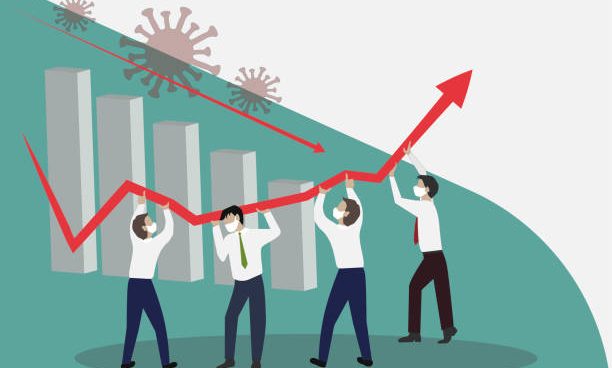- The economic think tank of the country should be worried about the way activities are panning out on the back of surmounting fiscal challenges. The inflationary trend seems reluctant to pause further heading northwards. The global economic scenario is no different since the double whammy in the form of the pandemic-induced damages and the ongoing Russian invasion of Ukraine severely disrupted the crucial supply chains. Simply put, there is no relief in sight for the common citizens even as governments battle it out to ensure economic stability is not compromised severely. The Indian response has been on expected lines even as the Reserve Bank of India initiates several fiscal measures to tame the situation from getting worse.

PC: istockphoto
- For the uninitiated, the minutes of the June meeting of RBI’s Monetary Policy Committee (MPC) provide an obvious inkling of the probable impact on GDP following the 0.90 percentage points increase in repo rate since May. Currently, RBI estimates GDP in 2022-23 will grow by 7.2%, way below the expected percentage. Needless to mention, there are likely to be more repo rate hikes in future MPC meetings as well. Given this scenario, one estimate in the MPC minutes points to the possibility of an average GDP growth rate of 6-7% till the end of March 2024. Of course, monetary tightening is inevitable but smart fiscal policy can ensure the average growth is higher. Mind you, the surge in inflation is not because of excess demand.
- Contrarily, the demand is tepid if anything. For instance, the per capita private consumption in 2021-22 was Rs. 61,215, a level below the pre-pandemic year. The source of inflation is the supply side. The RBI is forced to tighten policy to head off second-round effects. If the supply side is the source of the problem, the remedy lies in fiscal policy. In simple terms, extra cereals issued free to counter the pandemic fallout are likely holding down the pressure for higher wages. Likewise, the two cuts in fuel taxes since November quickly influenced survey results on household inflation expectations. Note that the current surge in inflation is fundamentally different from the last one during the UPA era, which was triggered by the loose fiscal policy after five years of high economic growth.

PC: Presstv
- As such, inflation calls for readjusting fiscal policy to counter a growth slowdown without threatening debt sustainability. Because inflation will push up nominal GDP growth and help the Government of India and states overshoot budgetary tax estimates. It makes sense to carefully time the removal of post-pandemic welfare and also fulfil capital expenditure commitments. The latter will offset uncertainties faced by private firms and, thereby, the crowd in new investment. This effect is important to limit the negative impact of rising interest rates on economic growth. Of course, disinflation can be brought about without burying growth impulses. Yes, average growth rates can be above 7%, a minimum India needs in the medium term.





